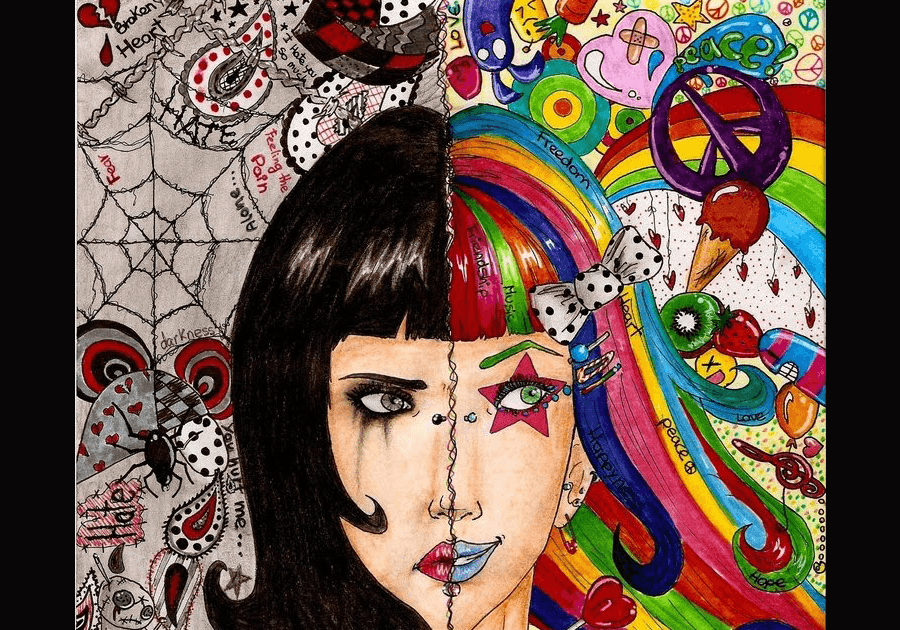
Approximately 10 million people in the United States have Bipolar Disorder. Research studies show that about 70 percent of people with the condition also have ADHD, and that 20 percent of people with ADHD will develop Bipolar Disorder. Unfortunately, when the disorders co-occur, the diagnoses are often missed. As with any co-occurring disorder, it is important to receive the right diagnosis as early as possible to treat the condition effectively.
It is not surprising that physicians might confuse bipolar symptoms for those of ADHD. Both conditions involve impulsivity, irritability, hyperactivity, problems with emotional regulation, sleep problems, a racing brain, and problems with maintaining attention. However, there are ways to distinguish the two conditions. Below are some of the depressive and manic symptoms of Bipolar Disorder.
SYMPTOMS DURING DEPRESSIVE EPISODES
- Persistent, sad, or irritable mood
- Loss of interest in previously enjoyable activities
- Significant changes in appetite, body weight, and sleep patterns
- Low energy and concentration
- Feelings of worthlessness, inappropriate guilt, and recurrent thoughts of death and suicide
SYMPTOMS DURING MANIC EPISODES
- Severe changes in mood
- Inflated self-esteem and grandiosity
- Increased, revved-up energy
- Impulsive or self-destructive behaviors
- Psychosis
Although ADHD and Bipolar Disorder share many characteristics, the mood experiences associated with Bipolar Disorder tend to be longer, occur more frequently, and are triggered more easily than in ADHD.
Research shows that people who have both ADHD and Bipolar Disorder tend to have more severe ADHD symptoms, have an earlier age of onset for Bipolar Disorder, and have more psychiatric disorders than those with ADHD alone. Patients with both ADHD and Bipolar Disorder also tend to be male.
Early diagnosis and treatment are essential in changing the prognosis. With proper medication, therapy, and life management, a patient can live a full, healthy life.


